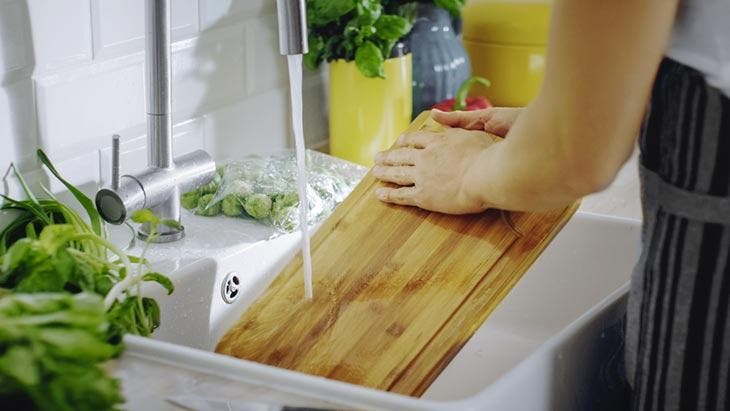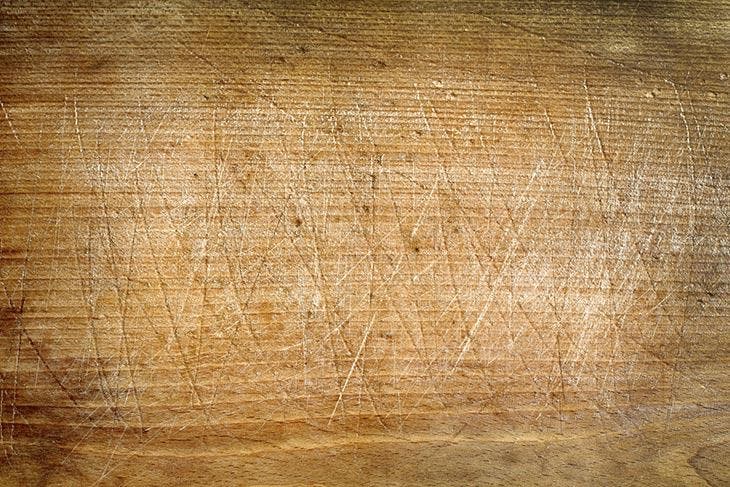
Summary
Cutting board: a real nest of bacteriaSome home remedies to clean your cutting boardWarning

Cutting board: a real nest of bacteria
It is recommended to do a thorough and almost immediate cleaning after each use of a food cutting board. This is even the basis of hygiene in any home: otherwise, you expose yourself to dangerous microbes and fast-spreading bacteria.
To get rid of them, many strong detergents are within your reach on the market, but it would be wiser to opt for cheaper and more environmentally friendly solutions. You can use natural germicides whose ingredients are probably already in your pantry.
Some home remedies to clean your cutting board
Apart from salt and lemon, which have remarkable cleaning properties, there are other common ingredients that you can safely use to disinfect your cutting boards. Here are a few of them:
- With hydrogen peroxide: Thanks to this product you can quickly banish unwanted bacteria. Wipe the board on each side with a paper towel soaked in hydrogen peroxide. Leave on for a few minutes, before wiping again with warm water and a clean cloth.
- With white vinegar: This natural product is renowned for its cleaning and disinfecting performance. Mix half a cup of white vinegar and half a cup of water. Carefully rub the surface of the board with the resulting solution, then rinse it under water. If it is soaked in a slightly too intense and unpleasant acidic odor, simply add a few drops of lemon juice to the solution.
- With salt, baking soda and citric acid: That’s a trio of shock! All you have to do is mix a small amount of each of these products. Next, soak a dish sponge or soft cloth to gently scrub the surface of the utensil. Finally, proceed to rinsing. It will be clean, deodorized and perfectly disinfected!

Warning
As you use them daily, it is essential that the hygiene of your cutting boards is always impeccable. But, don’t forget to protect your hands when cleaning. So be sure to wear suitable gloves: you will avoid skin irritation and premature aging of the skin. Of course, be sure to wash your hands frequently when cutting meat or poultry.
It is also important to regularly review the condition of your cutting board. If you notice visible signs of wear, it’s time to consider changing it. The presence of scratches and cracks, which result from stab wounds, should not be taken lightly. This is because it is much easier for microorganisms to hide and thrive in these hollow parts. Not to mention that the task will be much more tedious to properly clean the plastic boards.





